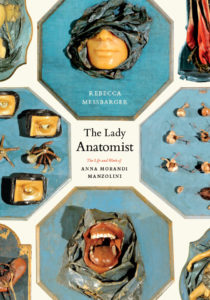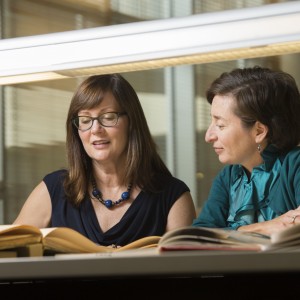The history of medicine is “embedded in the DNA of contemporary medical science and medical practice,” said Rebecca Messbarger, a cultural historian of early modern medicine and director of medical humanities in Arts & Sciences at Washington University in St. Louis. “In order to know who we are and what we’re doing, we absolutely have to know where we came from.”
In this video, Messbarger — who also serves as professor of Italian and affiliate professor of history, of art history and of women, gender and sexuality studies, all in Arts & Sciences — discusses the importance of the medical humanities as well as her own research into the life and work of Anna Morandi Manzolini (1714-1774).
 The subject of Messbarger’s book “The Lady Anatomist” (2010), Morandi “defied low social status, limited formal education and all of those biases against her sex to become one of the most important anatomists of her age,” Messbarger said.
The subject of Messbarger’s book “The Lady Anatomist” (2010), Morandi “defied low social status, limited formal education and all of those biases against her sex to become one of the most important anatomists of her age,” Messbarger said.
“Catherine the Great was obsessed with her. Pope Benedict the 14th was her primary patron.”
Today, Morandi is remembered for her striking anatomical wax models and for her work on the sensory and reproductive organs.
“The female body had always been seen as — in every part and facet — driven toward reproduction, the reproduction of the human species,” Messbarger said. Morandi “looks at the male body as having the same reproductive imperative.
“That is pretty extraordinary for a woman whose primary patron is also the pope.”
